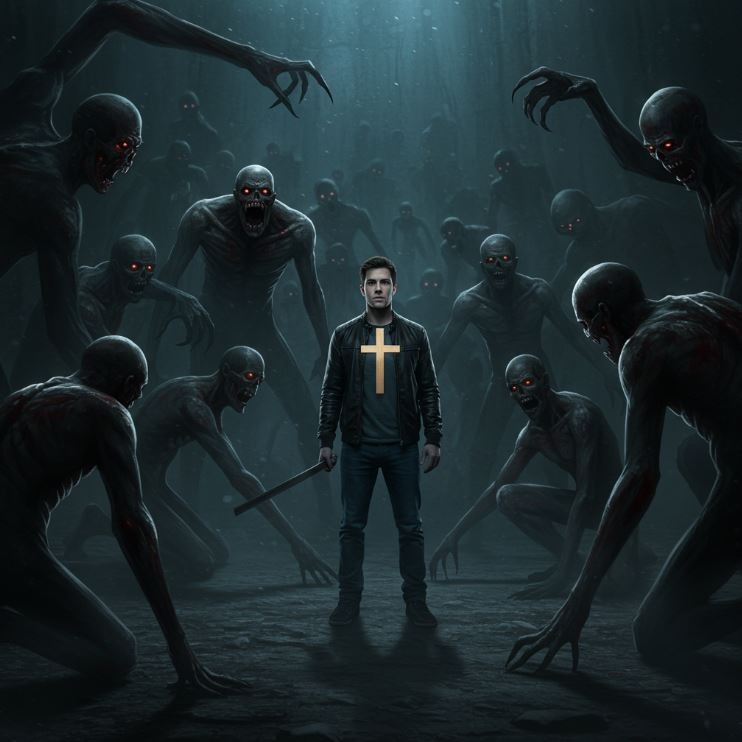Do I Fear Satan and Demons?
Fear, Respect, and Spiritual Discernment
Proper Perspective Concerning Satan and Demons in Spiritual Warfare
People occasionally ask, “Aren’t you afraid of Satan and demons?” The answer might surprise you: no, I do not fear Satan. Instead, I respect him—but only in the sense of recognizing his power and influence. Fear, on the other hand, should be reserved for God alone.

Do You Fear a Knife?
Think about a sharp kitchen knife. It can be dangerous if used carelessly, but that doesn’t mean we live in fear of it. We handle it with care, knowing what it can do, but we don’t spend our time worrying about it. The same idea applies to Satan and his demons. We should be aware of their ability to cause harm, but we shouldn’t let fear control us. Instead, we stay alert and rely on God’s strength.
Respecting Satan means acknowledging that he is real and that he works against God’s people. His demons also seek to deceive and attack believers. But respect is not the same as fear. Fear gives them too much power in our lives, just like constantly worrying about a kitchen knife would be unnecessary. Instead, we focus on God, knowing that He is stronger than anything Satan and his demons can do.

Respect – yes, but no fear!
True fear should be directed toward God—not as terror, but as deep respect and reverence for His power and authority. This kind of fear helps us stay close to Him and avoid sin. It reminds us of the importance of living in obedience to His will.
As followers of Christ, our focus should always be on God, not on Satan’s tricks and the schemes of his demons. By respecting Satan without fearing him, we show that our trust is in God’s power and protection. This keeps us strong in spiritual battles and helps us stay firm in our faith.
In the end, knowing the difference between fear and respect is important. Respecting Satan means being aware of his influence, but not allowing it to shake our faith. Fear, on the other hand, can weaken us and take our eyes off God. That’s why we should always rely on God’s wisdom, strength, and guidance as we face spiritual challenges.

